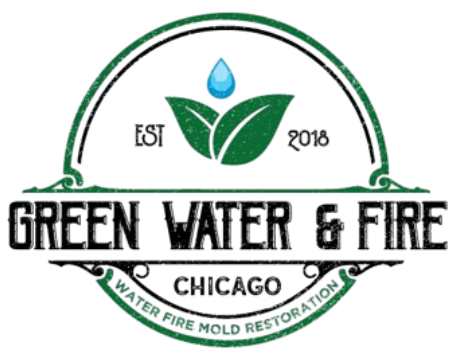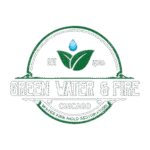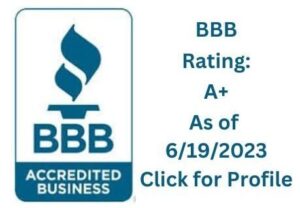Most people imagine scorched walls and blackened ceilings when they think about fire damage. But the reality is, fire damage is seldom only about what burned. Moreover, Water sprayed to overcome the fire can penetrate floors, walls, and furniture. If left unchecked, this secondary damage can lead to more long-term problems. And this is where fire restoration steps in. In this guide, we are going to explain how fire restoration works, from initial response to the last walkthrough.
What Is Fire Restoration?
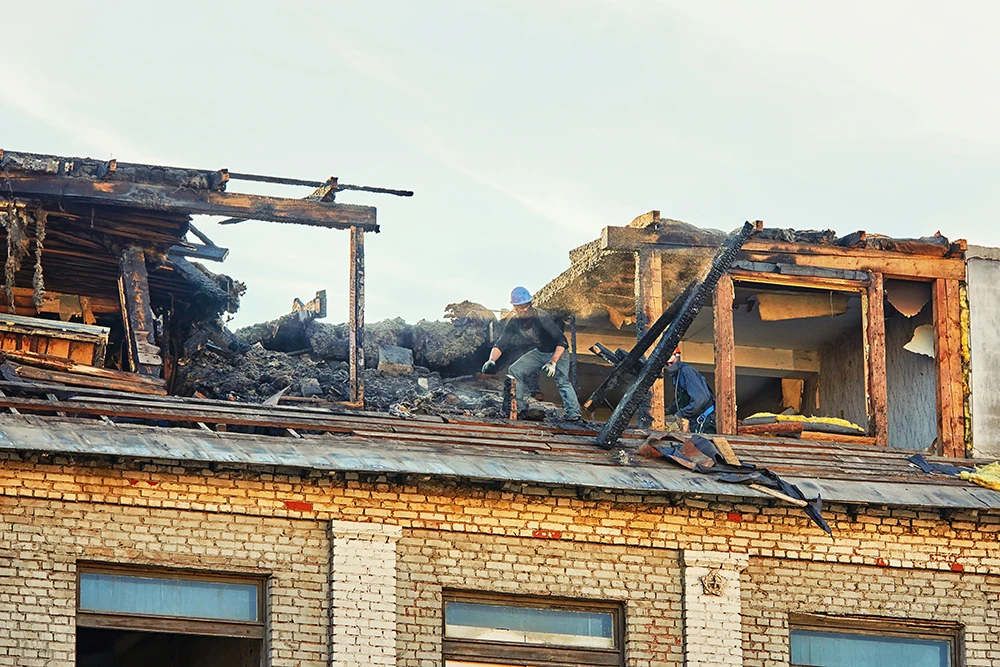
The term fire restoration is a broad term including the process of cleaning, repairing, and restoring a property after fire and smoke damage. This typically involves addressing water damage resulting from firefighting efforts and addressing smoke and soot contamination.
This work is performed by trained restoration experts using professional equipment and following regulations and standards. This isn’t just about cosmetic fixes — it’s about bringing safety, air quality, and structure back. Here’s a look at some of the primary areas of restoration most jobs will require:
- Fire damage restoration
- Smoke damage cleanup
- Water removal and drying
- Soot and odor removal
- Structural repair
- Insurance documentation
Depending on the extent of the fire, the pros could be dealing with electrical systems that need repair, charred framing, or mold growth. Each of these requires a specific solution.
How Fire Restoration Works
Let’s break down the process that restoration companies follow when they arrive at a property in the aftermath of a fire.
1. Emergency Response and Property Securing
The work can start as soon as the fire is put out. Workers tarp holes in roofs, board up windows, and stop water intrusion or vandalism from causing more damage.
This is also important as a factor in insurance and for safety.
2. Damage Assessment and Inspection
A full inspection is completed before any cleanup to assess:
- The source and spread of fire
- Smoke and soot damage levels
- The extent of water damage
- Structural stability
Technicians use moisture meters, infrared cameras, and air quality monitors to detect hidden threats, especially water and fire damage restoration requirements that are not visible to the naked eye.
3. Water Extraction and Structural Drying
Fire and water restoration are parallel to each other. Water from fire suppression, if it sits too long, can lead to mold, rot, and warping. It is why industrial pumps and industrial-strength dehumidifiers are brought in immediately.
The drying process may require two or three days, and is carefully watched. Disaster restoration, fire water protocols guarantee that even subfloors and wall studs are dry.
4. Soot and Smoke Removal
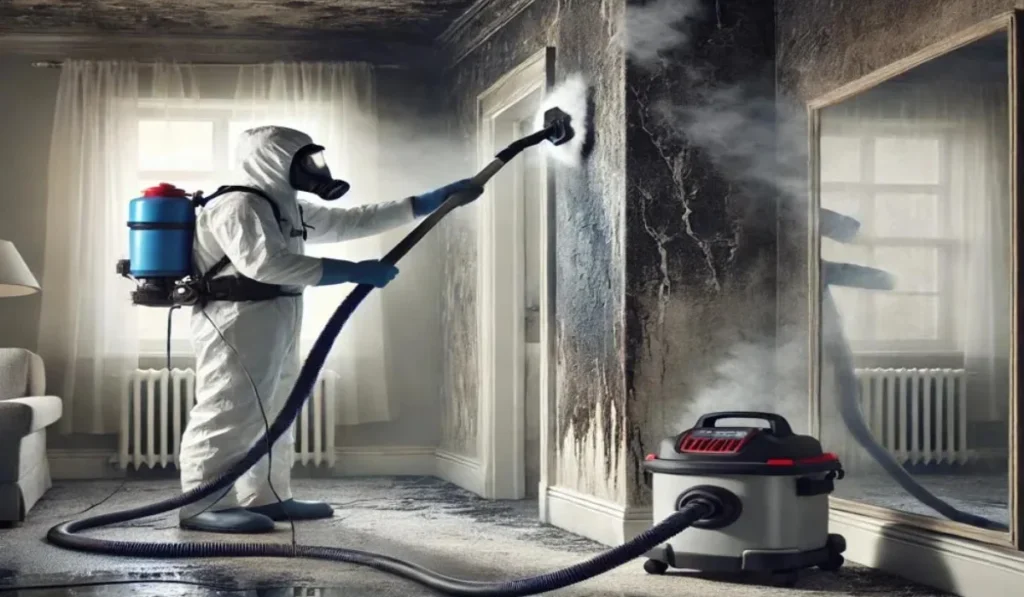
Smoke removal and repair are usually the most involved. Smoke goes further than flames, burrowing into clothes and walls, and ductwork. Soot is corrosive and acidic — it begins to attack materials within hours.
Techniques used include:
- Dry wiping and HEPA vacuuming
- Chemical Sponges for walls and ceilings
- Ozone or hydroxyl generators for odour control
- Cleaning and air scrubbing of the ducts
5. Cleaning and Sanitizing the Property
Following debris and contamination removal, technicians sanitize surfaces with antimicrobial and deodorizing agents. This step helps prevent:
- Mold growth
- Odor recurrence
- Health dangers from residual particles
Items such as furniture, clothing, and electronics can be cleaned off-site.
6. Structural Repairs and Reconstruction
After cleaning, fire restoration damage is treated by repairing or replacing structural elements. This can include:
- Drywall installation
- Flooring and cabinetry repair
- Painting and finishing work
- Framing replacement
This is where your property becomes a home again.
7. Insurance Documentation and Final Walkthrough
The best restoration companies work with insurance. They cover every aspect with photos, reports , and material costs to ensure absolute coverage.
This final step makes everything comply with local codes and the customer’s vision.
Final Thoughts
Fire Restoration is Not Only Rebuilding but in Recovering Safely. Whether you’ve had a fire or are planning for the possibility, it is always beneficial to know how fire restoration works. It is technical and time-sensitive, but with the appropriate assistance, recovery is attainable.
FAQs
Partial smoke damage may take 3 to 5 days. And a major rebuild could take 30 days.
Yes — if damage and cleanup occur right away. Delays may void coverage.
It’s not recommended. If a fire is not properly cleaned, soot residue and other chemical compounds can have long-term effects. Your insurance won’t pay for your DIY mistakes.
This work involves water extraction, structural drying, soot cleaning, kerosene odor elimination, and rebuild.








